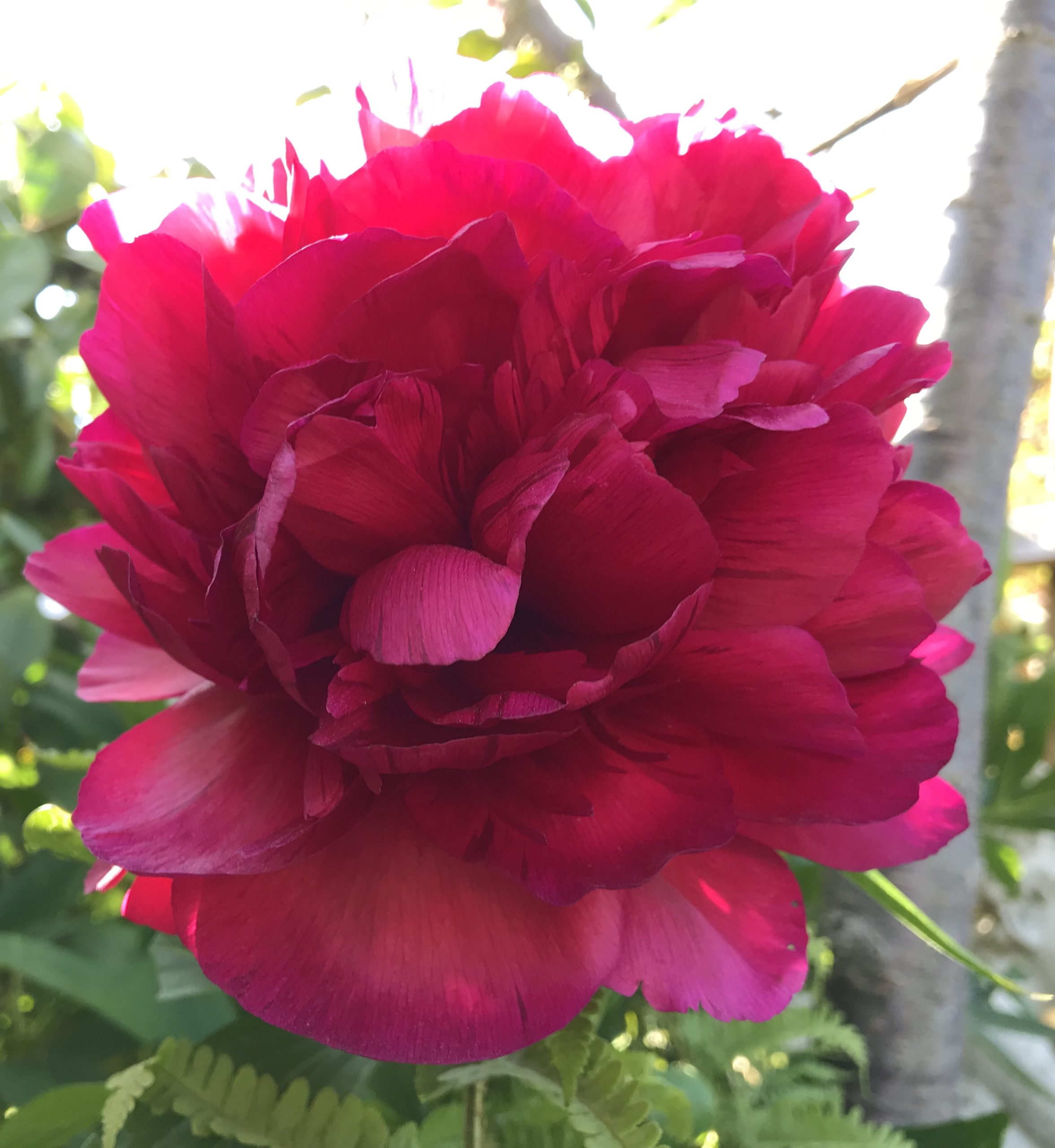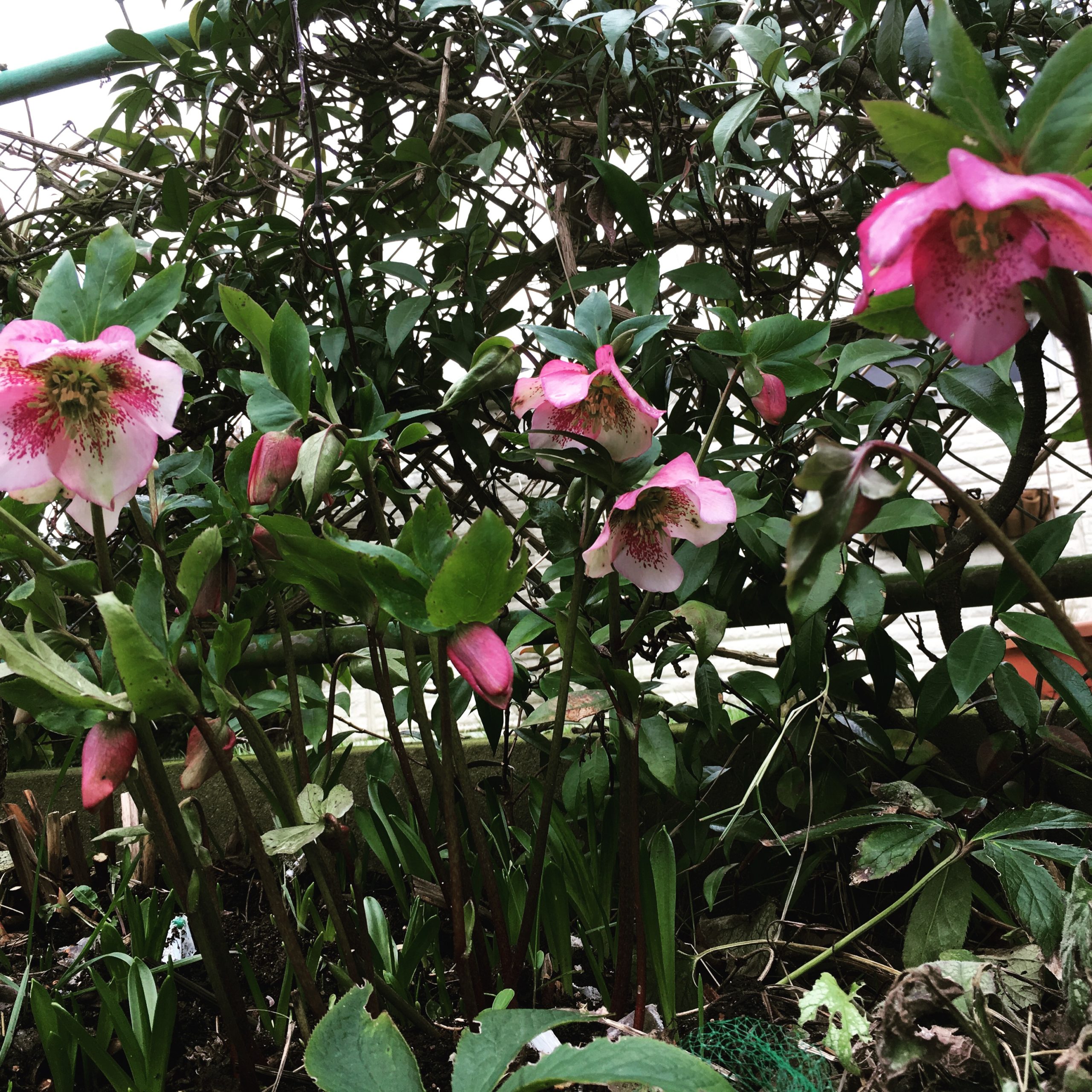Racheal has been a gardener at Berrie Garden Design for over two years and has written this very informative blog for our readers.
Over that time I have picked up some brilliant tips that have really helped me to ensure that I leave all my clients gardens looking fantastic throughout the year and here I am going to share some of them that can help you to enhance the look of your wintery garden as plants die and leaves begin to shed.
There are several things to be done to get your garden ready for the cold season, but there are also little jobs you can do that tidy the space and make it much more pleasant. Here is a list I have put together that will help you make the most of your outdoor space.
Pruning
Winter is the perfect time to prune many plants as it will promote strong new growth in spring while preventing disease. With some plants it is also the perfect time to encourage growth into a new or fuller shape. Some common garden plants that need to be pruned in winter are:
Hydrangeas
This plant can cause some confusion. Contrary to popular belief not all hydrangeas should have their flower heads removed for winter. In the UK mophead hydrangeas should be left well alone until spring, as the flower heads actually provide frost protection for the new buds. Lacecaps, on the other hand, need their dying flowerheads removed quickly as they will use up the plants valuable energy in producing seeds and hydrangea Annabelle’s need to be cut down to about 30cm from the ground in the winter. Pruning hydrangeas
Anemones and Peonies
To keep these beautiful plants in tip-top condition cut all dead growth down as near to the ground as possible. This method of pruning should be used on other herbaceous perennials (to identify them in your garden; look out for any plants that die back to the ground each year but then send up new shoots from their root, or crown, from beneath the soil level). Pruning in this way not only prevents damage and disease, but stops water pooling in empty stems which can freeze and damage the crown. The only exception to this rule, in my opinion, is leaving stems, flower buds or seed heads over winter for aesthetic interest and structure in the garden.
Hellebores
This is a trick that I picked up and have used over the years rather than a widely-promoted piece of advice found in gardening books, but it really works! Cutting away old large leaves from a hellebore plant, leaving behind fresh new leaves and sprouting flower buds, works wonders for the plant. The flowers that grow are far more visible and somehow this methods promotes more abundance in the whole plant!
Roses
February or March is generally considered to be the best time to prune roses, but a great way to spot the perfect moment is to watch for the first signs of new growth. When pruning you should always make sure to cut about 5mm above a bud, removing all old and dead growth and making your cuts slanted so that rainwater doesn’t collect around the bud.
Other maintenance jobs and tips
One way to make the garden look instantly better is to give your lawn a bit of attention. Over winter you need to rest it as much as possible, therefore only mow it on a high setting if absolutely necessary. Keep it free from leaves and other debris, but also maintain its polished look by using a lawn edger around the whole lawn.
Catching up with any weeding that needs to be done is a great way to instantly make a difference to the overall look of your garden, however only do this when the ground is soft and under no circumstances try to weed when the ground is frozen! Not only does it make the job harder but it can also damage your soil.
Protect your garden against frost!
Mulching is a great way to protect the roots of your plants from frost damage and it also helps to keep the biome of soil balanced. The soil in your garden contains a collection of living organisms such as insects, microbes, fungi and nutrients, this is what I mean when I use the word biome. Like any living organism, if it is neglected, it will not perform at its best and using organic materials to mulch (spread of materials onto the top of the soil) is a wonderful way to do this.Peat free compost, well rotted leaves or well rotted farmyard/horse manure are ideal mulching materials which can be purchased from nurseries. I might choose a material like gardening fleece to cover over tender bulb stems or bubblewrap to wrap around plant pots to keep roots warm.Agapanthus also benefit from being covered in fleece over winter.
I hope these tips help you to keep your garden looking beautiful. As a gardener the best tip of all I think is ‘little and often’. If you get out there when you can and do small jobs then it will always look better and the tasks don’t become overwhelming. Also is really helps you to begin to learn more about your own space, and that in turn will help you. Not everyone enjoys gardening as much as I do, but the benefits of your outdoor space are endless.
I’ll be back soon with more tips!




Recent Comments